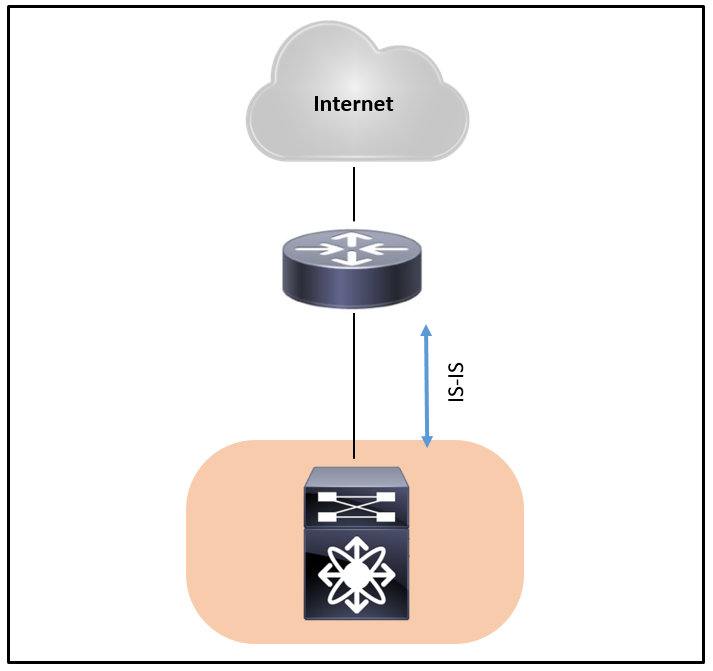

Refer to the exhibit.
A network engineer must improve the current IS-IS environment. The Catalyst switch is equipped with dual supervisors. Each time a stateful switchover occurs, the network experiences unnecessary route recomputation. Which solution addresses this issue if the upstream router does not understand graceful restart messaging?
SergeBesse
Highly Voted 2 years, 7 months agoSeb82
Most Recent 7 months, 3 weeks agovallzo
7 months, 2 weeks agomgiuseppe86
1 year, 7 months agoLSLS55
1 year, 5 months agoakbntc
1 year, 7 months agoakbntc
1 year, 7 months agoElburnio
1 year, 9 months agoccnproute1
2 years, 1 month agoXalaGyan
2 years, 3 months agoXalaGyan
2 years, 3 months agoMohali98
2 years, 5 months agoReinier_veen
2 years, 5 months agoSickcnt
2 years, 6 months ago